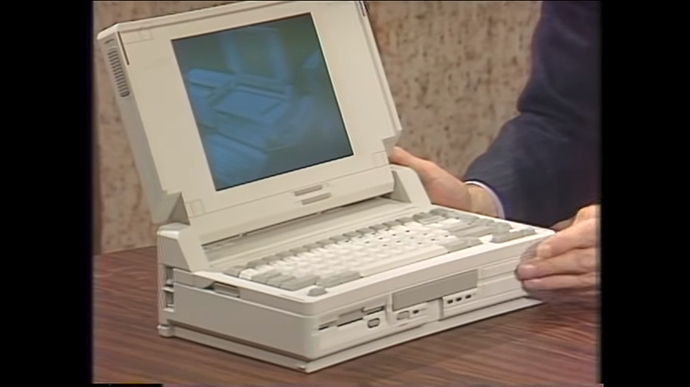But aren’t computers persons, too? 
Regarding the Dynabook, something that’s interesting about this, is the kind of input method Kay had invisioned at the time. As it predates PARC it also predates the work on the GUI and the keyboard appears to be the predominant input method. (Some declarative programming approach?) On the other hand, Kay was clearly impressed by the GRAIL system on the RAND tablet (1968), and its primary raisin d’être, “we can’t type”, certainly applies to kids, as well. – Compare Kay’s presentation of the GRAIL system in “Doing with Images Makes Symbols”, at 24:15, leading directly to an exposition of the DynaBook: https://youtu.be/p2LZLYcu_JY?t=24m15s

Moreover, Kay’s own 1967 project, the Flex Machine, had already featured a tablet (see at 20:45 in the same video), and Kay clearly favored a pen-and-paper media approach. However, there’s no pen on the Dynabook, and depending on an easily lost input device for kids is certainly not the best idea. Similarly, the Kiddi Komp (a more realistic setup, just before PARC, same video at 28:20) doesn’t show an analog input device, which only returned with the mouse on the “Interim Dynabook”, AKA the Alto. Touch screens, on the other hand, while (at least conceptionally) available at the time, are just awful for drag-and-drop operations (like trackballs and tiny trackpads), essentially hindering operations, which are key to modeless software design.
So what would have been the ideal method of input for this, using an intuitive device, which is neither lose or detached, nor introduces the hand-on-keys-or-mouse dilemma of principal modes of operations? Most interestingly, we never got a definitive answer to this.
Correction, there seems to be a stylus on the Dynabook mockup:



